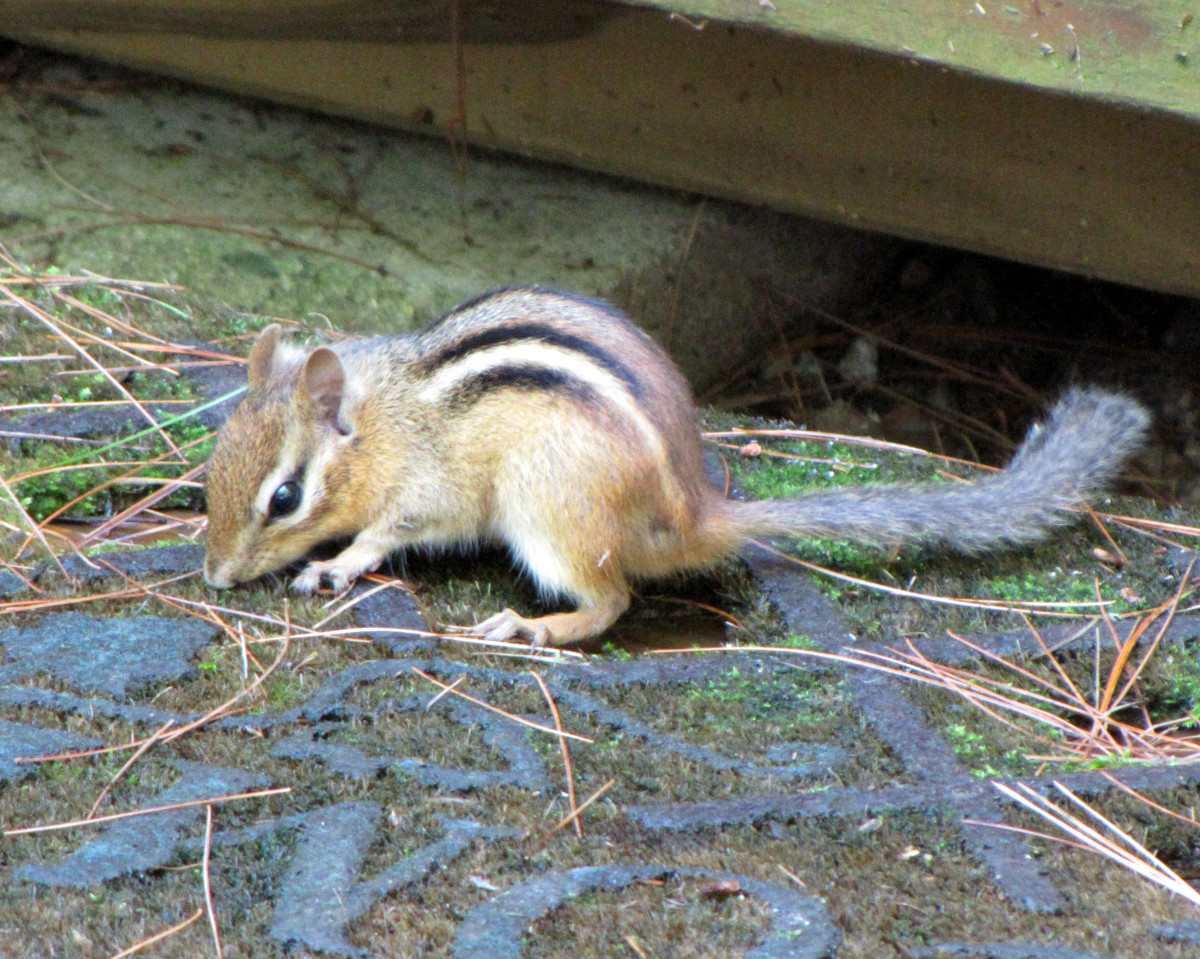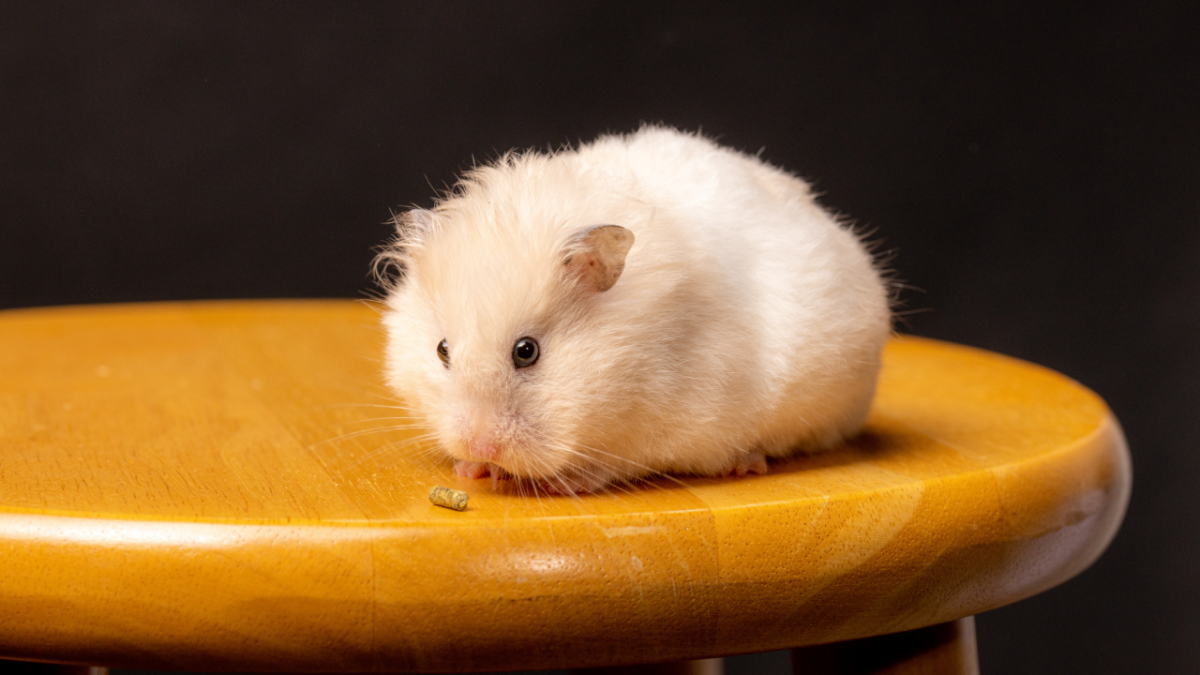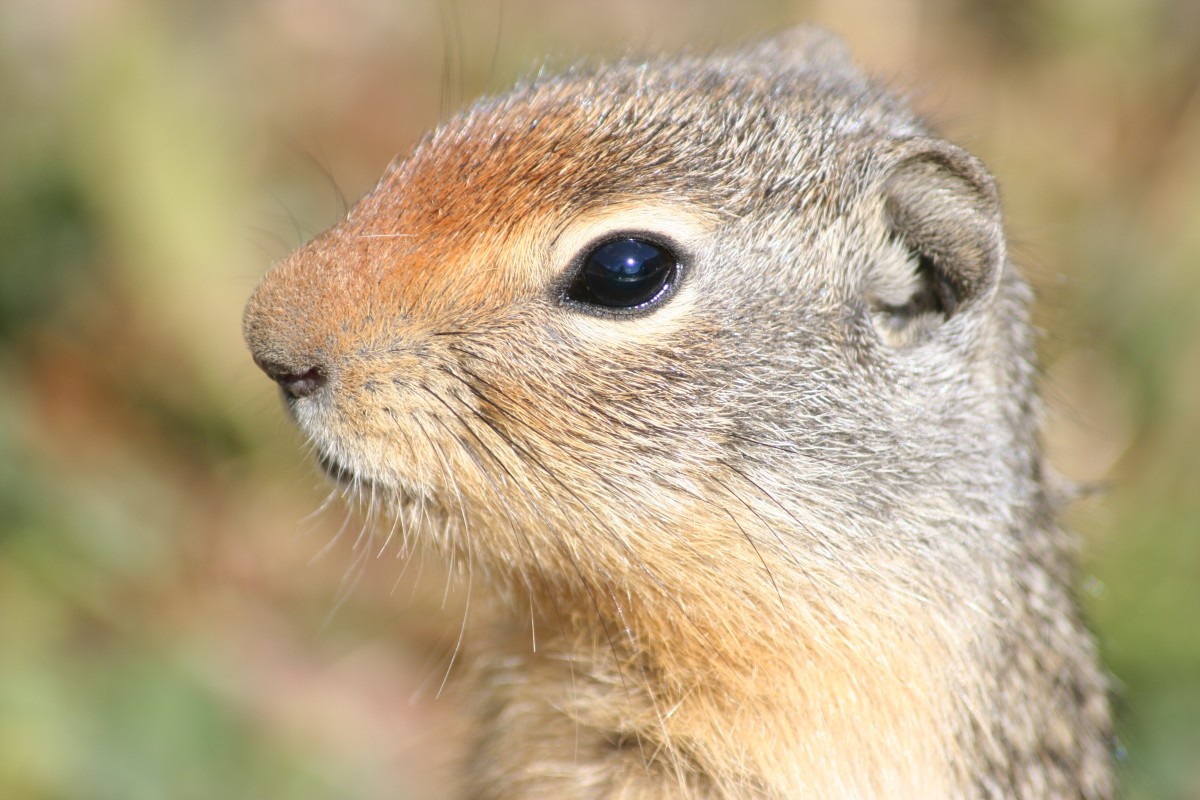Kangaroos, Opossums and Kin - Part 4
True opossums are now found only in the New World, although long ages ago they were present in Europe and Asia. Most opossums are tree dwellers, but a few live on the grassy plains of South America and one has taken to life in the water.
Most kinds have pouches, but some have only relies of such organs, and the babies are carried by their attachment to the mother's teats.
After they are partly grown, the young ride on the mother's back, clinging to the fur or curling their tails around that of their parent.
Opossums eat almost anything they can get, vegetable or animal -- the farmer's chickens, eggs, carrion, wild fruits of all sorts and some cultivated plants too.
In general appearance they are much like rats, with partly naked, scaly tails but with longer, more pointed snouts and naked muzzles. They are night loving animals, spending the day in hollow trees or in a hole in the ground.
Most opossums have prehensile tails. This means that the tail can be used to grasp things, like that of the New World monkeys and the Australian phalangers. An opossum can wrap its tail around a branch and swing from it comfortably.
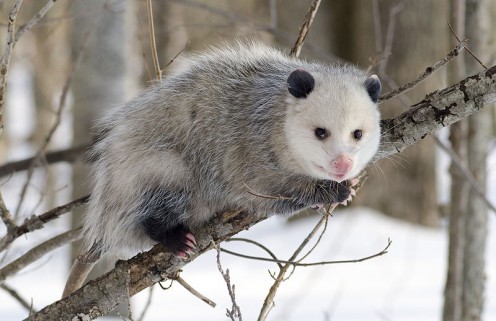
A Little Opossum Background
Although many kinds, varying from the size of a mouse to that of a cat, are found in South and Central America, only one, the Virginia opossum, ranges far into North America.
This species occurs as far north as Michigan and New Hampshire and seems to be invading new areas each year. Individuals from the Untied States are not very different from those found in Brazil.
Most are grayish -- the underparts and bases of the hairs on the back and sides are yellowish or whitish, and the tips of the hairs on the upper parts are brown or black.
Some animals are nearly white, while a few are almost black, but these are color varieties.
In the United States, especially in the South they are hunted for sport and for the pot -- some people especially enjoy opossum meat. In the fall of the year these marsupials are fat and tender. The meat is said to taste much like pork.
Opossums are solitary animals. Only rarely are two seen together, except young ones with their mother.
The mother may be as big as a cat, but the newborn young are no larger than a honeybee. Fifteen or more young may be born at a time. No more than thirteen can be suckled.
Usually by the time the young are large enough to come out of the pouch, only eight, or fewer remain.
For about two months, the youngsters remain in their mother's pouch, growing to the size of small rates. Then they come out to ride on the mother's back and to learn to take solid food.
They return to the pouch for protection for some time after this, but gradually shift for themselves.
The Murine Opossum
The murine opossum, often brought to this country in shipments of bananas, the woolly opossum and other small species differ only a little from the common Virginia opossum except for their small size.
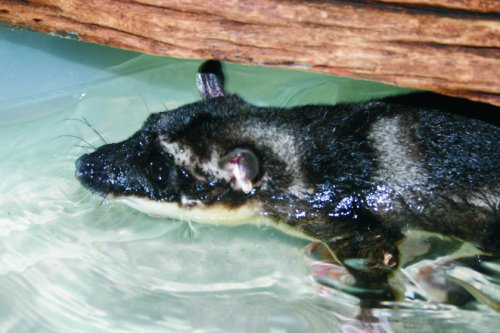
The Yapok
The water opossum, or yapok, has webbed feet and otter like fur. It swims excellently, catching fish, crustaceans and water insects.
The yapok is handsomely marked -- its ground color is gray. A black stripe runs down the middle of the back, expanding into large blotches on the top of the head, over the shoulders, on the back, rump and base of the tail.
A black mask covers the face and eyes, while above the eyes there is a whitish streak, reaching to the front of the ear. The underparts are white. This animal occurs in Central and South America.
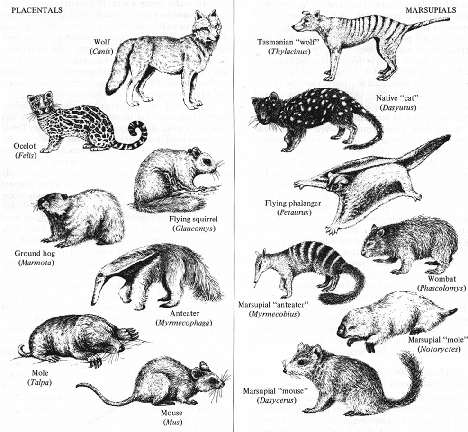
Conservation Of Marsupials
Marsupials in general, with the exception of hardy opossums and a few phalangers,are species that are threatened with destruction. dogs, cats, rabbits and foxes, especially brought to Australia by man, have displaced and exterminated many unique pouched species.
Hunting and trapping threaten others. What a pity it would be if these antique types of mammals should pass from the world's scene.
If You'd Like To Know More!
- Animal Tracks - Opossum (Didelphis virginiana)
- Endangered Marsupials
- Kids - Water Opossum
- Mammals of Iwokrama
- Marmosa Mexicana
- National Opossum Society
The National Opossum Society is a not-for-profit charity, dedicated to educating ourselves and sharing knowledge with others on all aspects of the proper care of opossums. - Opossum Facts
opossum, possum, wildlife, orphans, wildlife orphans, oppossom, oppossum, wildlife rehabilitation, marsupial, Didelphis, Didelphis virginiana, Virginia opossum, opossum diet - some endangered marsupials
- Tasmanian Devils Almost Extinct: 5 Facts About the Endangered Marsupials
A deadly cancer threatens to wipe out the wild Tasmanian devil population. Surge Desk runs down facts about the marsupial with a dangerous reputation.




